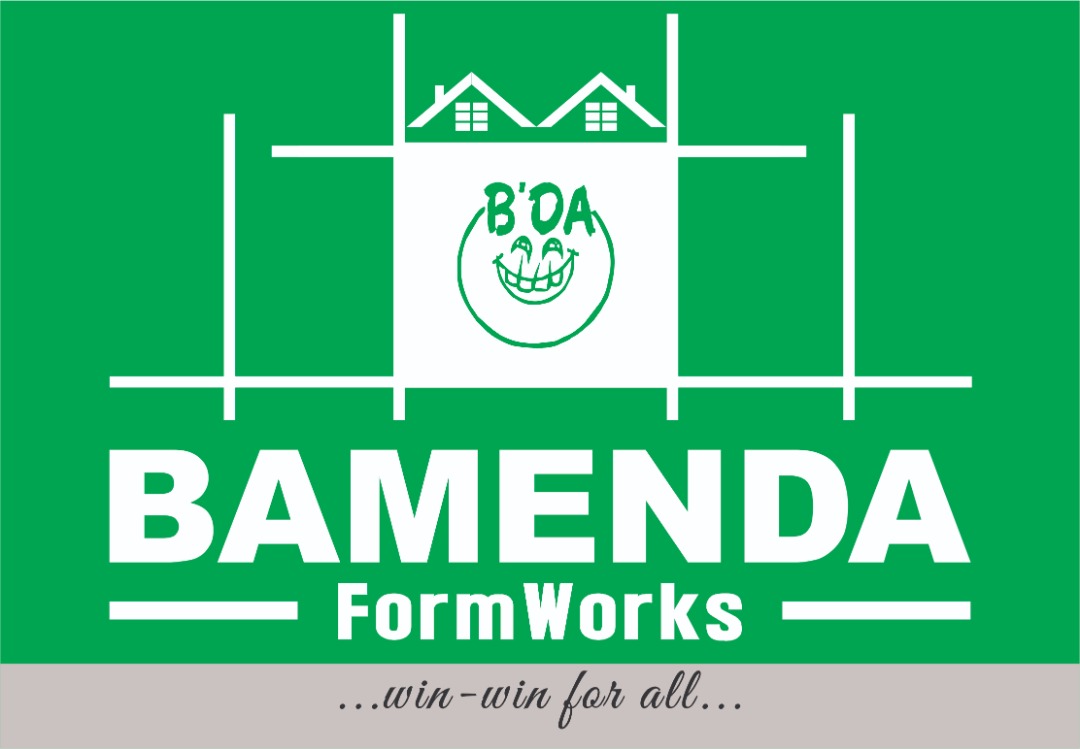





In architecture, a deck is a flat surface capable of supporting weight, similar to a floor, but typically constructed outdoors, often elevated from the ground, and usually connected to a building. The term is a generalization of decks as found on ships.
Decking is a term that can be applied to numerous applications in construction.
One of its more common forms is the platform areas (sometimes raised) in domestic gardens that are used for special functions such as relaxation, for sun loungers or barbecues. These will usually comprise a timber substructure with decking boards laid on top. The decking boards can either be timber (usually pressure-treated) or be made of composite or synthetic materials.
Timber decking boards usually require a degree of maintenance involving painting, preserving or sealing to provide protection and durability. Composites and synthetics typically require no preservative treatment. Some of the composite decking available is made from recycled wood and plastic and although lacking the natural wood appearance, can be cheaper and easier to maintain.
The term decking (or deck) can also apply to:
-The boarding used to support the finishing layer on floors and flat roofs.
-The horizontal (supporting) formwork that is used when casting insitu concrete slabs.
-The prefabricated concrete planks used to form ground, upper floors and flat roofs.
-The boarding (usually plywood) that is nailed to timber rafters to crate the support for the roof finish, be that tiles, slates or metal sheet (e.g zinc, copper, lead).
-The finished surface of boardwalks
A slab is a structural element, made of concrete that is used to create flat horizontal surfaces such as floors, roof decks and ceilings. A slab is generally several inches thick and supported by beams, columns, walls, or the ground.
Concrete slabs can be prefabricated off-site and lowered into place or may be poured in-situ using formwork. If reinforcement is required, slabs can be pre-stressed or the concrete can be poured over rebar positioned within the formwork.
There are several different types of slab, including:
Flat slab
This is a typically a reinforced slab supported directly by columns or caps, without the use of beams. This type of slab is generally easy to construct and requires little formwork.
Conventional slab
This type of slab is supported with beams and columns, with the load transferred to those elements. A conventional slab is classified as either:
One-way: Supported by beams on two opposite sides, carrying the load along one direction.
Two-way: Supported by beams on all four sides, carrying the load along both directions.
Hollow core ribbed slab
This type of slab has longitudinal voids/cores running through it, which decrease the weight of the slab, as well as the amount of concrete required. They can also function as service ducts. This type of slab is generally reinforced with longitudinal rebar, and can achieve long spans, making it suitable for office buildings, multi-storey car parks, and so on.
Waffle slab
This type of slab contains square grids with deep sides, resembling a waffle shape, often used where large spans are required without the interference of columns. Waffle slabs can be capable of supporting a greater load than conventional slabs.
Solid slab raft
This is a type of shallow foundation, typically formed by a reinforced concrete slab that covers a wide area, often the entire footprint of a building. It spreads the load imposed by a number of columns, walls, and so on, over a large area, and can be considered to ‘float’ on the ground in a similar way to a raft floating on water. It is often used for lightly-loaded buildings on weak or expansive soils such as clays or peat.
Composite slab
Composite slabs are typically constructed from reinforced concrete cast on top of profiled steel decking, (re-entrant or trapezoidal). Slabs are most commonly made of concrete because of its mass and stiffness which can be used to reduce the floor's deflections and vibrations, and achieve the necessary fire protection and thermal storage. Steel is often used as the supporting system underneath the slab due to its superior strength-weight and stiffness-weight ratio and ease of handling.
